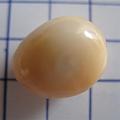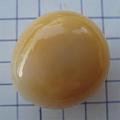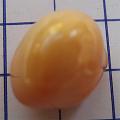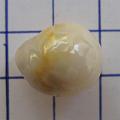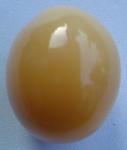Adeline Leigh
Well-known member
- Joined
- Oct 1, 2011
- Messages
- 722
I can't resist a baroque pearl so the moment I saw these, I bit.
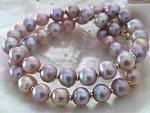
Now that they are in my possession, they definitely aren't as light-coloured as advertised. The mauve-green oil-slick hue in the seller's picture is still evident (though less pronounced) but the pearls are a dark slate grey with a hammered texture (welts and bumps included). The pearls are large though - 18mm. IMO, the pearls in my palm are the truest to life.
I'm asking you guys because I don't own many south sea baroque/ freeform pearls and I've certainly haven't seen many of these around here on PG.
Have I been fleeced? Are these really south sea pearls?

Now that they are in my possession, they definitely aren't as light-coloured as advertised. The mauve-green oil-slick hue in the seller's picture is still evident (though less pronounced) but the pearls are a dark slate grey with a hammered texture (welts and bumps included). The pearls are large though - 18mm. IMO, the pearls in my palm are the truest to life.
I'm asking you guys because I don't own many south sea baroque/ freeform pearls and I've certainly haven't seen many of these around here on PG.
Have I been fleeced? Are these really south sea pearls?
Attachments
Last edited:





